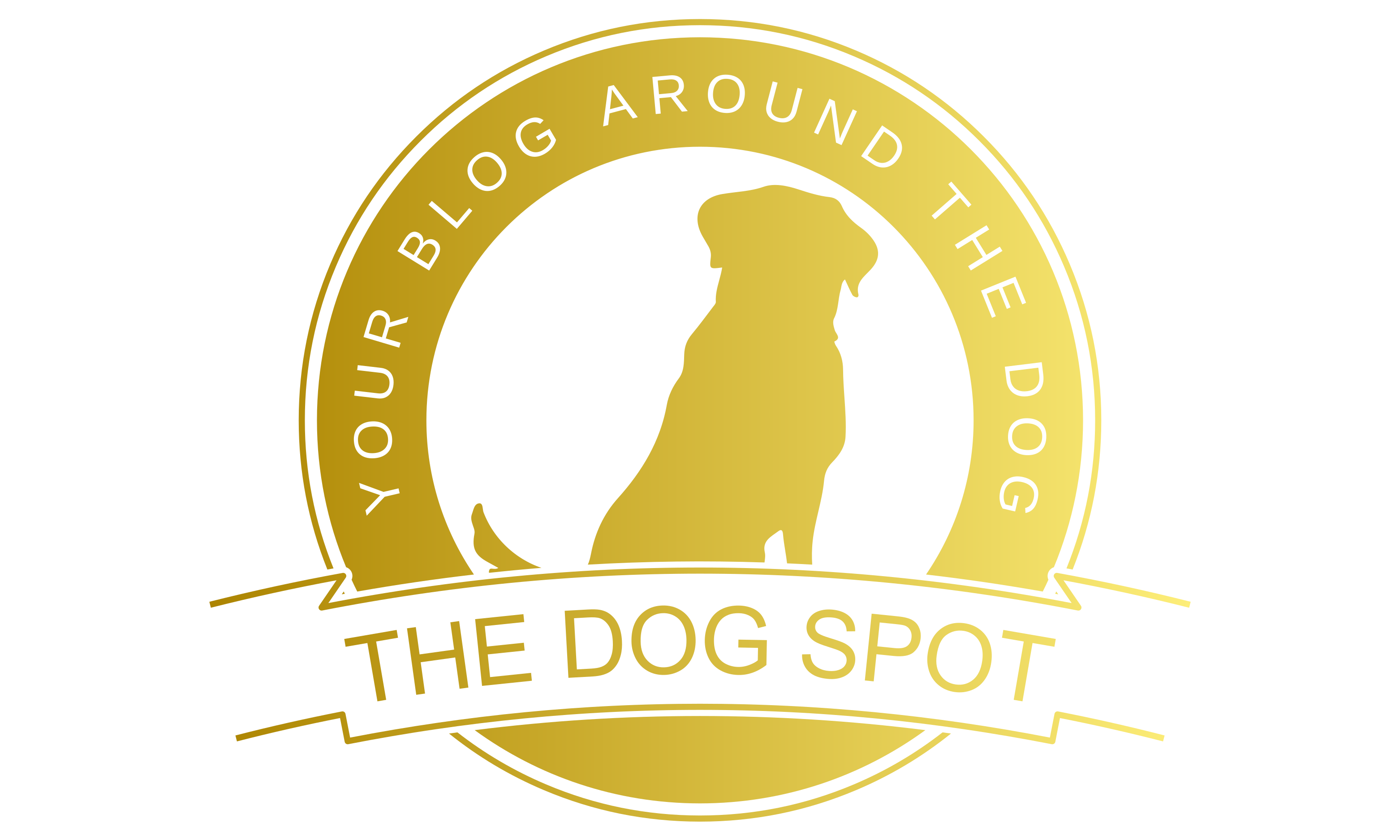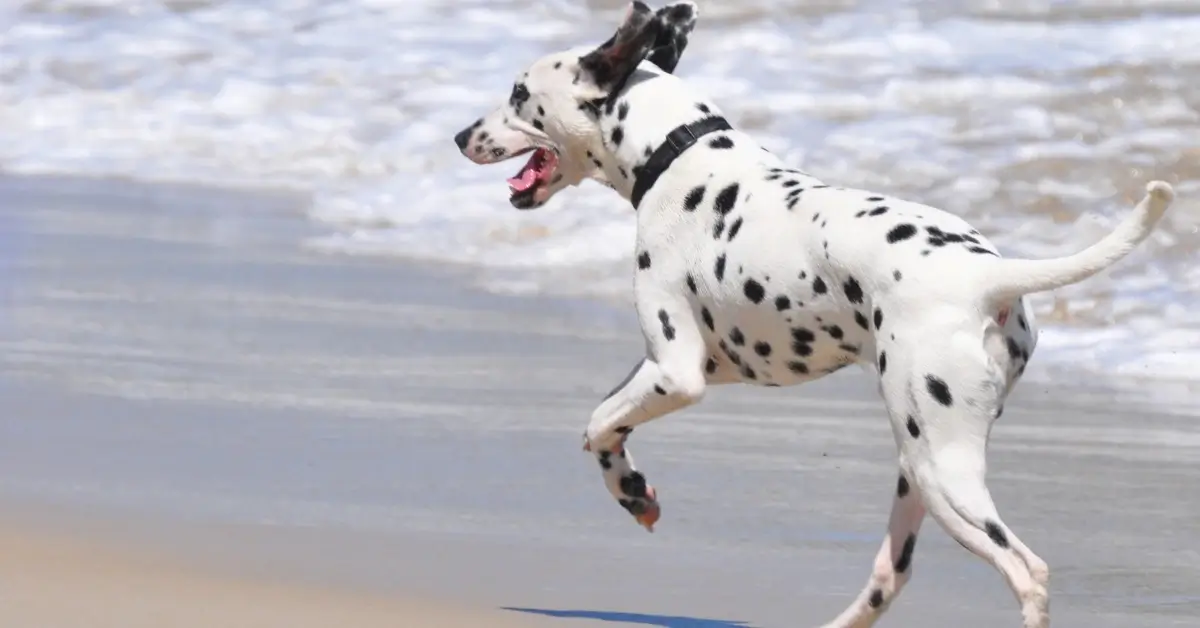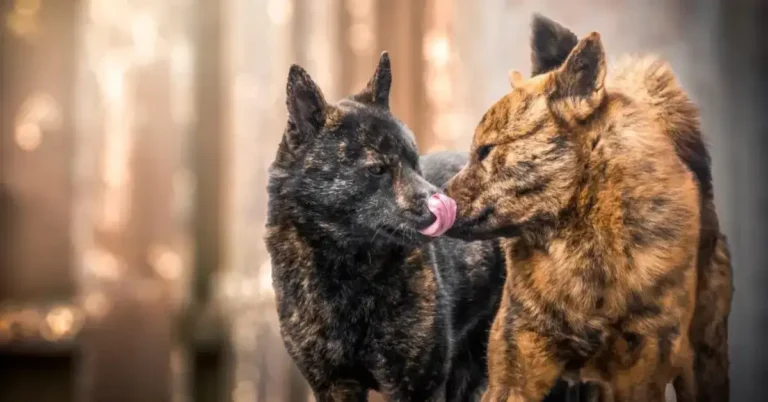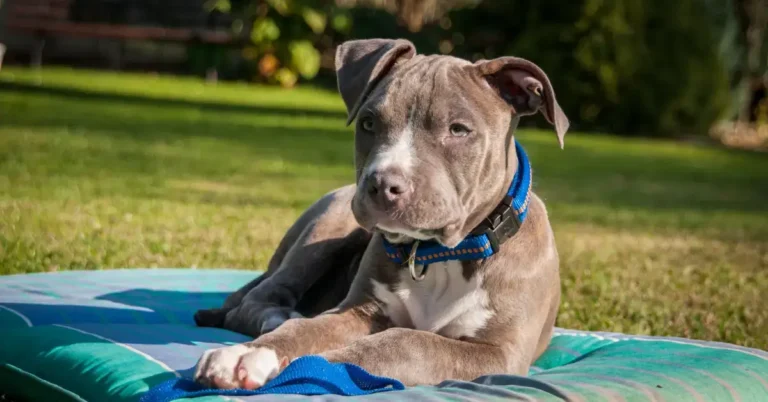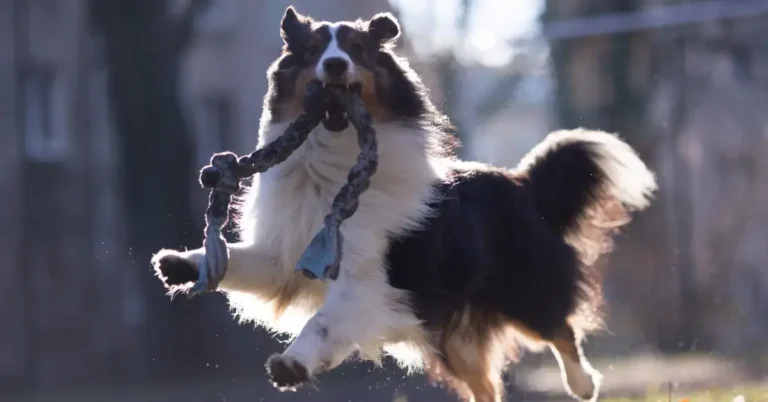Dogs are man’s best friends, bringing immense joy and loyalty. However, dealing with a runaway dog can be a source of worry. There can be various reasons why a dog might run away, making it crucial to train them to ensure they don’t get lost or injured. Today’s article revolves around the topic of how to train a dog not to run away.
Like any training, patience, and consistency are paramount when working with your furry companion on the matter of how to train a dog not to run away. There are many methods and exercises you can try together. One approach is to always keep your dog on a leash during walks. Another option is to provide them with exercise and stimulation in a fenced area, such as dog parks or training schools. Training for the basic command ‘come’ ensures that your canine friend returns to you when called.
For the safety of our furry friends and enjoyable walks full of fun, it is essential for every dog owner to work on how to train a dog not to run away through targeted training sessions.
Pros:
🐶 Easy to read: The book is well-written and easy to understand, making it accessible to both new and experienced dog owners.
🐶Positive training methods: Zak George promotes positive reinforcement training methods, which are proven to be effective and humane.
🐶 Comprehensive guide: The book covers everything from basic obedience training to more advanced skills, making it a great resource for all dog owners.
🐶 Great supplement to videos: While Zak George's YouTube channel is an excellent resource, the book provides more detailed information and serves as a great supplement to the videos.
🐶Helpful tips: The book is full of helpful tips and tricks for dealing with common dog training issues.
Cons:
🙀 Basic information: While the book covers a lot of ground, some readers may find that the information presented is too basic for their needs.
🙀 Limited troubleshooting: While the book does provide some troubleshooting tips, it may not be enough for more complex issues.
🙀 Not a quick fix: Like any training method, positive reinforcement training requires time and effort. Some readers may be disappointed if they are expecting a quick fix for their dog's behavior issues.
How To Train A Dog Not To Run Away: Basics of Dog Training
We train our dogs to give them a certain level of freedom, allowing them to explore the world around them. Every training requires good and conscientious preparation to keep the motivation and positive experiences for both sides. First, make sure your dog understands what you expect from them. This means teaching them to listen to your commands and understand what you want. One way to achieve this is through positive reinforcement, rewarding your dog when they do something right instead of punishing them for mistakes.
Ensure you have the right reward prepared—this could be a pat, their favorite treat, or a play session with their toy.
Patience is another crucial aspect of training. It may take some time for your dog to understand what you want from them, so don’t be discouraged if things don’t work immediately.
During training, use your voice and body language appropriately to help your furry companion understand your commands. Using verbal and visual signals for commands can enhance communication over longer distances.
A training plan is essential for preparation. Set regular practice sessions to make the training sustainable, giving your dog repeated opportunities to internalize the commands. Keep the training sessions a bit shorter, and always remember to reward your companion for good behavior.
While training, you can use treats to motivate your dog. However, be mindful not to use too many treats to prevent your dog from becoming overweight.
Proper preparation is a crucial part of success when working on how to train a dog not to run away with your furry companion.”
How To Train A Dog Not To Run Away: Causes for Dogs Running Away

As important as proper preparation is understanding why your dog runs away. A problem is best solved when you understand its origin. Therefore, in the following text, we would like to explain the most common reasons in more detail:
Boredom
Running away out of boredom occurs when a dog doesn’t receive sufficient physical and mental stimulation. If they are consistently under-stimulated and bored in their daily lives, it can be a reason for them to run away. Here is a good article about boredom.
Distractions
Our four-legged friends are guided by their instincts and emotions. Sometimes, their attention can be diverted, and they may follow their curiosity. Common distractions during walks include other dogs or other animals such as squirrels, birds, or cats.
Breed and Prey Instinct
Have you ever considered which category of dog breeds your furry friend falls into? Whether a hunting or herding dog, for example, is a crucial aspect to consider if your dog tends to run away frequently. In general, hunting dogs, in particular, may deviate from your route to follow their instincts and pursue a scent.
Reproduction
Non-neutered or non-spayed dogs may run away in search of a mate.
Loneliness
Loneliness can also be a reason for a dog to run away. If dogs feel unloved and isolated, escaping from the environment can be a natural reaction.
Freedom
A strong desire to explore the world can encourage our loyal companions to leave the cozy home more often and discover what awaits beyond their territory.
Fear and Noise
In threatening situations or when your furry friend becomes afraid, retreat and escape, through running away, can be a natural reaction. Loud noises such as thunder or fireworks can also cause dogs to run away.
Therefore, when addressing the topic of how to train a dog not to run away, first investigate the cause of their behavior before taking further measures.”
Behavioral Changes and Adjustments

During exercises on how to train a dog not to run away, you can positively influence your dog’s behavior with targeted sessions. However, sometimes it is equally important to make adjustments in a familiar environment:
- Fence: A fence is a great way to ensure that our dog cannot run away. We should make sure that the fence is high enough and has no gaps through which our dog could escape.
- Social Contacts: If our dog spends a lot of time with other dogs, it is important that the other dog is well-behaved and understands essential basic commands.
- Praise: Praising our furry friends when they stay close and do not run away is an important behavior that you should apply to internalize and maintain what has been learned.
- Punishment: Punishment can lead to our dog being afraid of us and losing trust in us, so it should not be one of the methods used in training.
- Family: When entering a new relationship or adding a baby to an existing one, it can stress our dog and lead them to try to run away. During this time of change, it is even more important for our dog to receive enough attention and love from us to continue feeling comfortable.
- Mating: If our dog has mating desires, this can lead to them trying to run away. If your dog is spayed or neutered, they no longer feel this urge, and there is no longer a reason to follow this instinct.
- Affection: Give your dog the feeling that they are loved and appreciated, as this reduces the likelihood of them running away out of loneliness.”
How To Train A Dog Not To Run Away: Tips and Tricks
When it comes to how to train a dog not to run away, there are some tips and tricks that can help us. Here are some of the most important ones:
Reliable Recall
A reliable recall is key for relaxed walks together. We should teach our dogs to pay attention to our recall so that they don’t end up in dangerous situations. Introduce a command like “here” or “come” to successfully work on the topic of how to train a dog not to run away with your four-legged friend.
Here’s a brief summary of how you can teach your dog the recall:
Step 1: Stay and Distance Your dog should have mastered the “Stay” command. Give your dog the “Stay” command and move away from him. Alternatively, you can incorporate this exercise into your walks. Let your dog drag the leash behind them and move away from them.
Step 2: Command and Reward Start by calling your dog’s name in a cheerful tone. As soon as your dog looks at you, say “Come” and show a treat.
Step 3: Stand Still or Move Backward Now you can vary. Either wait for your dog to build confidence in this exercise, or take a few steps backward as your dog comes to you.
Step 4: Reward and Repetition Once your dog comes to you, reward them with a treat and plenty of praise.
Step 5: Increasing the Distance Repeat these steps, gradually increasing the distance between you and your dog.
Step 6: Practice and Repetition Practice the “Come” command regularly to ensure your dog reliably responds to your call, even from a distance.
Step 7: Patience and Positive Reinforcement Stay patient and reinforce good behavior with praise and rewards to strengthen your dog’s abilities in the “Come” command.”
Walking Rounds with the Long Leash
Ensure that your dog gets enough exercise and mental stimulation to avoid boredom. To prevent running away on walks due to instinct-driven behavior, you can use a long lead, giving your dog enough freedom to explore the surroundings and ensuring that they don’t run away.
If you want to learn more about the topic of long leads, we recommend our article on the subject. There, you’ll find some useful tips for training with the long leash.
Puzzle Toys
Mental stimulation also aids in the challenge of how to train a dog not to run away. By providing our dogs with cognitive tasks such as puzzle games or sniffing mats for exploration, we can help channel their energy and prevent them from engaging in undesirable behaviors.
Rewards
Rewards are a crucial part of the training process. We should reward our dog when they respond to our recall or behave well. Ensure that you reward your dog with healthy and tasty treats to motivate them.
Trainer
If we’re having difficulty training our dog, we should consult an expert. A dog trainer can assist us with the right techniques and tips when it comes to learning how to train a dog not to run away.
Training Routines
Regular and motivating training with our dog is essential to break unwanted behaviors and learn new habits. By developing a training routine, we can ensure that our dog stays happy and safe and avoids engaging in undesirable behaviors.”

How To Train A Dog Not To Run Away: Our Opinion
In summary, it can be noted that there are various approaches and options for learning how to train a dog not to run away.
It is crucial to understand why your furry friend feels the urge to run away – whether it’s instinctual, driven by fear, loneliness, or boredom. There are many different reasons why your dog may exhibit this behavior.
Once you understand the cause, you can ensure more safety through targeted training and the introduction of a recall command or by using a long lead during your walks. Proper training requires good preparation, patience, and, above all, consistency – train regularly, always praise good behavior, and avoid punishment. Use positive reinforcement to keep your dog motivated to practice with you.
When addressing how to train a dog not to run away, there might also be some environmental factors around your furry companion that you can change to correct their behavior – stress, new changes in their daily routines, or loneliness could be reasons for their negative habits.
Therefore, make sure that the factors in their environment do not reinforce this urge. Our best friends are social beings who need a lot of love, affection, and sufficient interactions with humans and fellow dogs. Mental and physical stimulation also contribute to a happy and fulfilling dog life.
If you find yourself unable to make progress on your own, it is advisable to seek further tips and guidance from an experienced dog trainer who can help you understand how to train a dog not to run away.
We hope our article has been helpful to you, providing valuable insights to help you understand your furry companion and develop new habits while overcoming undesirable behavioral patterns.
If you have any further questions on the topic, of how to train a dog not to run away, feel free to let us know in the comments.

How To Train A Dog Not To Run Away: Frequently Asked Questions
How do you discipline a dog that keeps running away?
Disciplining a dog that keeps running away is not effective. Instead, focus on training the dog to come when called using positive reinforcement techniques. Reward the dog with treats and praise when they come back to you, and gradually increase the distance and distractions.
How do I stop my dog from running away when called?
To stop a dog from running away when called, use positive reinforcement training by rewarding the dog with treats and praise when they come back to you. Start with short distances and gradually increase the distance and distractions. Consistency and patience are key in this process.
How do you train a dog to come when called?
To train a dog to come when called, use positive reinforcement training by rewarding the dog with treats and praise when they come to you. Start with short distances and gradually increase the distance and distractions. Use a consistent command and avoid punishing the dog for not coming.
How do I train my dog to stay?
To train a dog to stay, start by teaching them to sit or lie down on command. Then, add the “stay” command and gradually increase the duration and distance. Use positive reinforcement training by rewarding the dog with treats and praise when they stay in place. Consistency and patience are key in this process.
Should I punish dog for running away?
No, it is not recommended to punish a dog for running away. Dogs may associate the punishment with whatever they are doing at the moment and not understand why they are being punished. Instead, focus on training the dog to come when called using positive reinforcement techniques.
